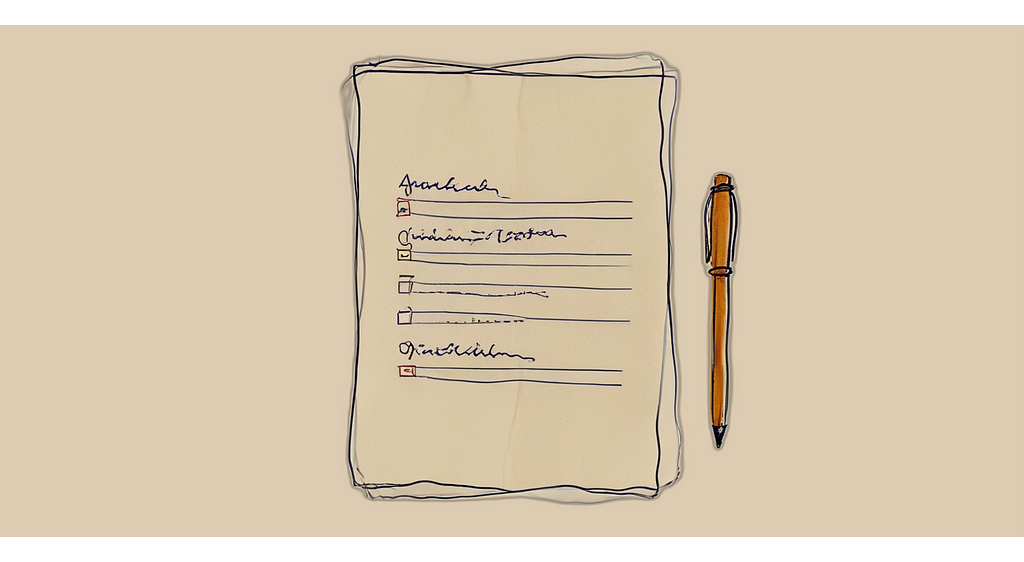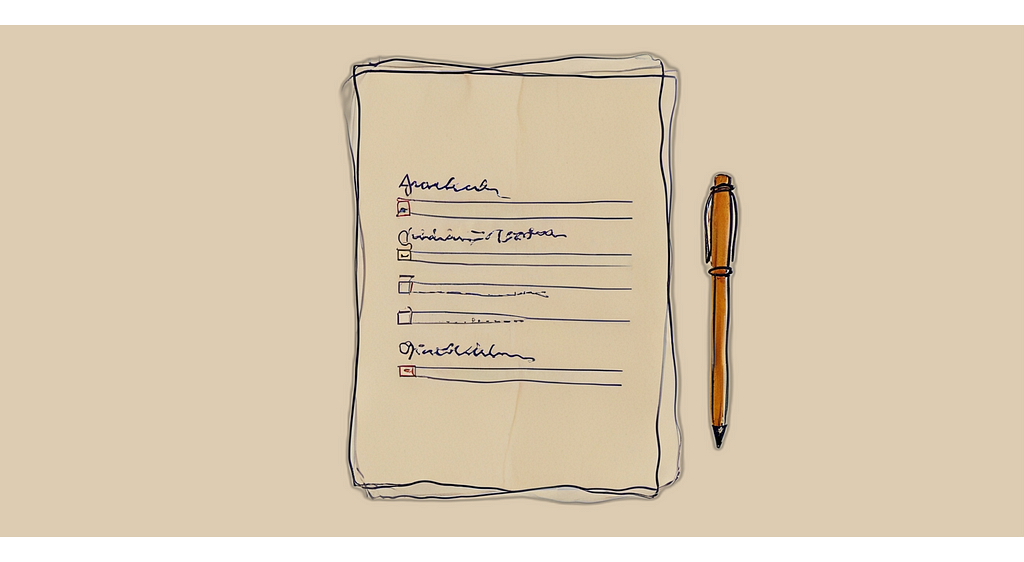It’s your secret weapon for performance reviews and job interviews.

A few jobs ago I was up for a raise. As part of the performance review process, my manager asked me to do a self-review of the past year where I rate myself in several categories and add relevant notes.
Essentially my manager was asking:
What have I done lately and why did it matter?
I felt like I had a great year.
I had shipped a bunch of projects and learned a bunch. However while I remembered the last 6 months fairly well, the 6 months before that were a little hazy. I had trouble remembering everything I’d done and the impact I had. I struggled to craft what I did remember into a compelling story for why I deserved a handsome raise that year. And I only had a few days to do it.
I ended up taking several hours over two weeks to write down what I could remember, submitted my self-review to my manager, and hoped for the best. I knew I didn’t remember everything, but given the time pressure, I did my best with the time I had.
Looking back, I really wish I had a brag document.
What is a brag document?
A brag (or hype) document is a personal record where we detail our career accomplishments, skills, and milestones. It’s a living document that we (hopefully) update regularly, capturing career updates as they happen when the details are still fresh.
I first learned about brag documents, also known as hype documents, from Julie Evans. Andy Budd, Jessica Ivins, David Hoang have also written great posts about them.
Over time, it’s easy to forget many of the small but significant contributions we’ve made. A brag document ensures that no achievement is forgotten. Whether it’s a successful project, a skill we’ve mastered, a problem we’ve solved, or a nice thing someone said about us, having it documented makes it easier to recall when needed.
Like, say, during a performance review!
How is it useful?
Performance Reviews
When it comes to performance reviews, we usually have to show proof of what we’ve done and the impact we’ve made. Having an update-to-date brag document makes it super easy to gather all the info we need, taking a lot of the stress out of the process. It lets us give solid examples of your achievements, making it easier for our boss to see our worth and back us up for promotions or raises.
Job interviews
When applying for new jobs, a brag document a goldmine for our resume and cover letters. We never know exactly what questions the hiring manager will ask, so having a brag document gives us a stable of answers at our fingertips.
It also gets us ready for interviews by giving us a bunch of stories and examples that show off our skills and accomplishments. Being able to clearly talk about what we’ve done gives us a leg up on other candidates.
Career discussions
Brag documents can be helpful anytime we’re having a conversation about your career. Talking with a recruiter? Yep. Meeting with a mentor? Absolutely. Chatting with someone we just met at a conference? You bet.
Heck, I’ve even used my brag document to solve tech’s hardest challenge: Explaining what I do for a living to my parents 😂
Anytime someone might ask “What do you want to do with your career?” or “Why do you deserve this job / promotion / raise?”, having a brag document means you always have a solid answer at our fingertips.
How to make one
If you’ve read this far, hopefully you’re starting to see the benefits of a brag document and are wondering how to create your own.
Here’s what I’d suggest:
Start with a template
Begin with a basic structure that includes sections for projects, skills, milestones, feedback, and lessons learned. Julie’s article has a bunch of examples. I used her article to create my templates for Product Designer and Design Manager. Adapt as you see fit.
Update it regularly
Make it a habit to update your brag document regularly. Set reminders to review and add new accomplishments regularly while it’s still fresh and you can remember the details.
I block out 30min every two weeks to update my brag document, though honestly I usually only need 5–10min. It’s the “once every two weeks” part is most important for me. If I didn’t have a regular reminder, I’d usually forget.
Be specific
Include detailed descriptions of your achievements, quantifying your impact whenever possible. Use feedback like metrics from analytics, link to files, and positive feedback from colleagues, clients, and supervisors. It all adds proof and credibility to your accomplishments.
Don’t forget about goals!
While a brag document helps you get that next raise or promotion, it’s also helpful to reflect on where you want to be in a few years and consider how your recent accomplishments are helping you get there.
My next performance review
Shortly after my performance review, I discovered Julie’s article and started my own brag document.
At my first my updates we pretty sporadic: several times a week followed by two months of nothing. Still, I was writing down stuff I knew I’d forget. A short but impactful project, a presentation I nailed, a nice thing someone said about me in chat.
I didn’t know if this stuff would ever be useful, but I knew I’d forget about it in a week if I didn’t write it down.
Suffice to say my next performance review went much smoother. Before, it took me two weeks to piecemeal together what I could remember. This time it took me two days to complete a self review, including with accomplishments from the first half of the year and data supporting my impact.
These days I have a recurring calendar reminder to update my brag document every two weeks on Monday morning, before I get going for the day (else the day will get away from me and I’ll forget). Even as my job changed from IC designer to manager, I’ve kept maintaining my brag document. I can’t imagine going through my performance reviews without it.
Now that I’m a manager, I advise everyone on my team to create their own brag document. In all honestly, when I read each self-review, it’s clear who’s prepared and who isn’t.
The more data I have as a manager, the easier it is for me to create a case to my boss that someone deserves a bigger raise or promotion.
Subscribe to my newsletter to get more bit-sized thoughts on product design, email, and climate tech.
Why you should have a brag document was originally published in UX Collective on Medium, where people are continuing the conversation by highlighting and responding to this story.

Leave a Reply